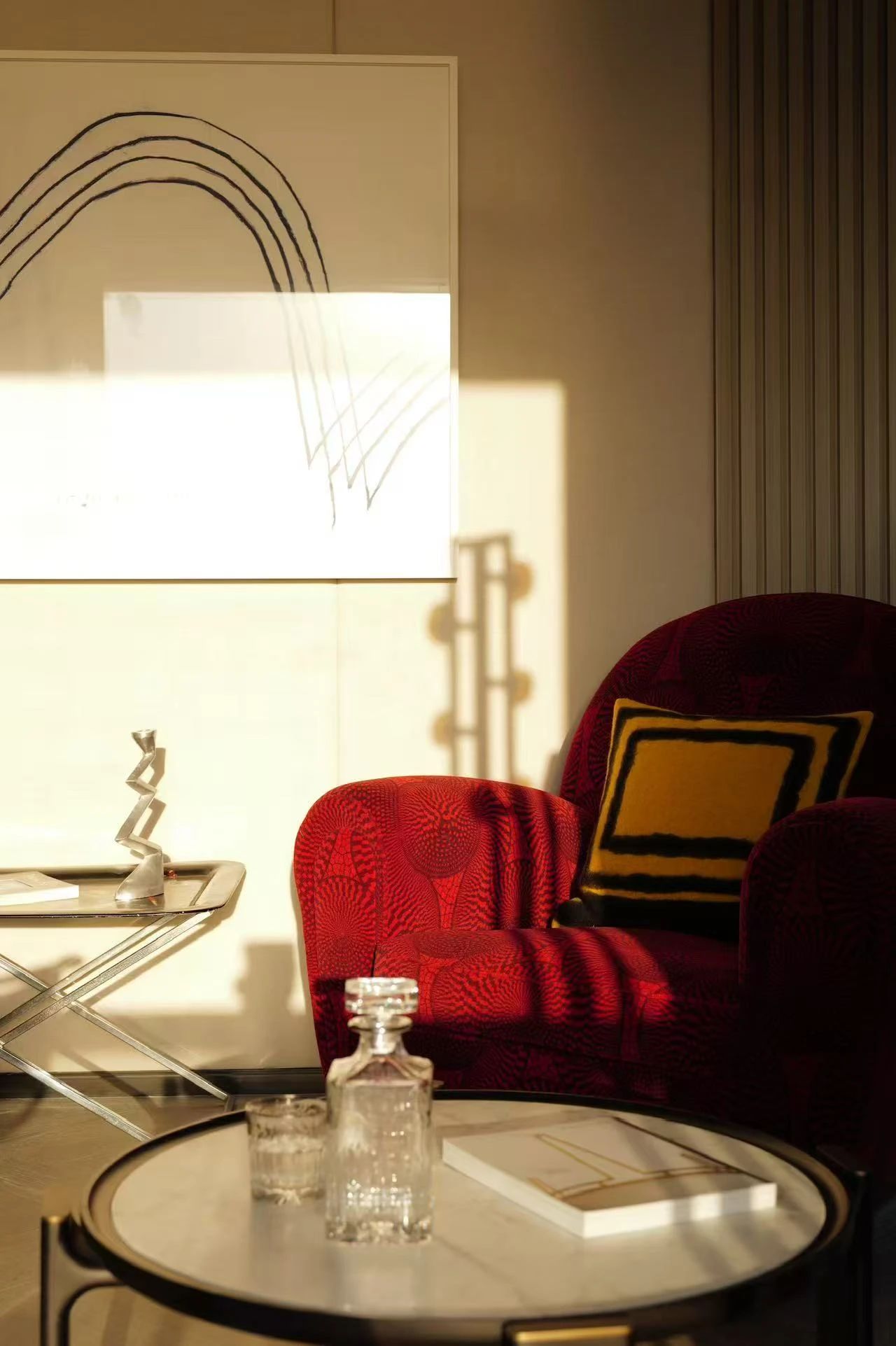[ME]morial Thesis Honors 2011 Japan Earthquake Victims
2015-08-22 09:30








[ME]morial #1: Air. Image Courtesy of Beomki Lee
[我]第一幕:空气。李宝木的形象礼貌


在对弗洛伊德和柏格森的记忆思想进行重新解读的基础上,本论文试图对传统的纪念空间原型进行挑战,并深入探讨个体记忆与个体之间的关系。通过创建这一新的、开放的概念,纪念性建筑的理念可以转化为一种更加个性化的体验,而不是只专注于公共记忆。
Based on reinterpretations of Freud's and Bergson’s ideas of memories, the thesis project seeks to challenge traditional archetypes for memorial spaces, and delve into the relationship between individual memory and the individual. By creating this new, open-ended concept, the idea of memorial architecture can thus transform into a more deeply individualized experience, rather than remaining focused on communal memory.
[ME]morial #2: Earth. Image Courtesy of Beomki Lee
[我]第二幕:地球。李宝木的形象礼貌


该项目的提议将这一设计放在仙台的四个修复地点之一-“已被指定为‘海滨交流/振兴区’的中部地区,被规划为海岸公园和风景优美的纪念设施。”
The project’s proposal places the design at one of Sendai’s four sites for restoration—“the middle region that has been designated as ‘seaside exchange/revitalization zone,’ planned as coastal parks and memorial facilities with beautiful landscapes.”
[ME]morial #3: Water. Image Courtesy of Beomki Lee
[我]第三幕:水。李宝木的形象礼貌


在这个地方,将创建三种类型的纪念馆-使用空气、泥土和水的建筑经验。每一种设计都使用和展示了灾后遗留下来的房屋地基的残骸,回忆了灾难发生前该地区的建筑结构,以引起[ME]的游客们的反思。
At this site, three types of memorials would be created—using architectural experiences of air, earth, and water. Each of the designs uses and displays the remains of housing foundations, left from the wake of the disaster, recalling the area's built fabric before the disaster to provoke reflection in the [ME]morial's visitors.
[ME]morial #2: Earth. Image Courtesy of Beomki Lee
[我]第二幕:地球。李宝木的形象礼貌










正如李解释的那样,“我的记忆将不仅是抚慰受害者受伤的心灵的空间,也是让人们纪念他们个人记忆的空间。”
As Lee explains, “[ME]morial will serve as a space not only for soothing victims’ wounded hearts, but also for letting people memorialize their individual memories.”
在下面的图库中了解更多关于这个项目的信息,在这里。
Learn more about the project in the gallery below, and here.




































